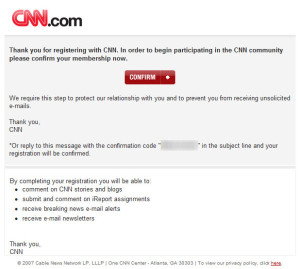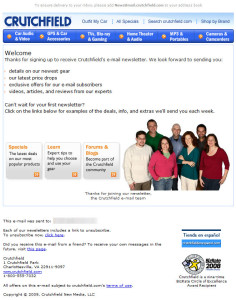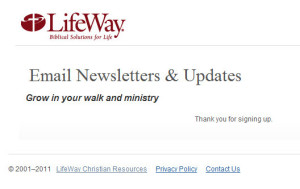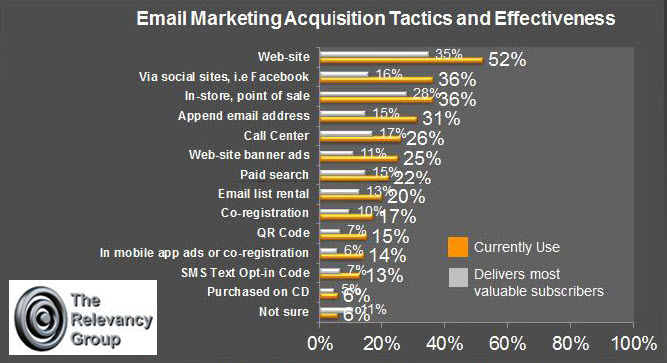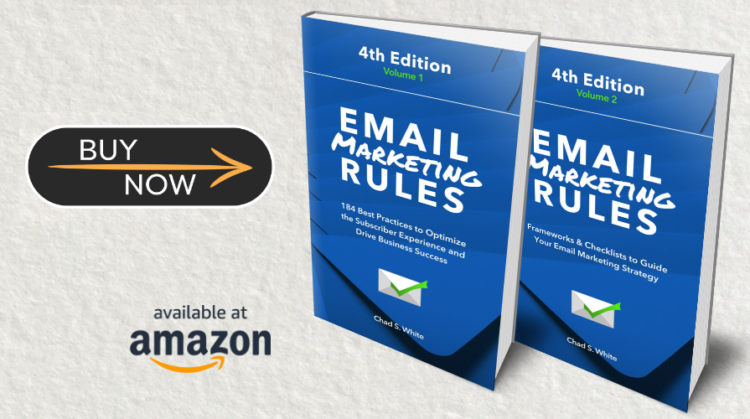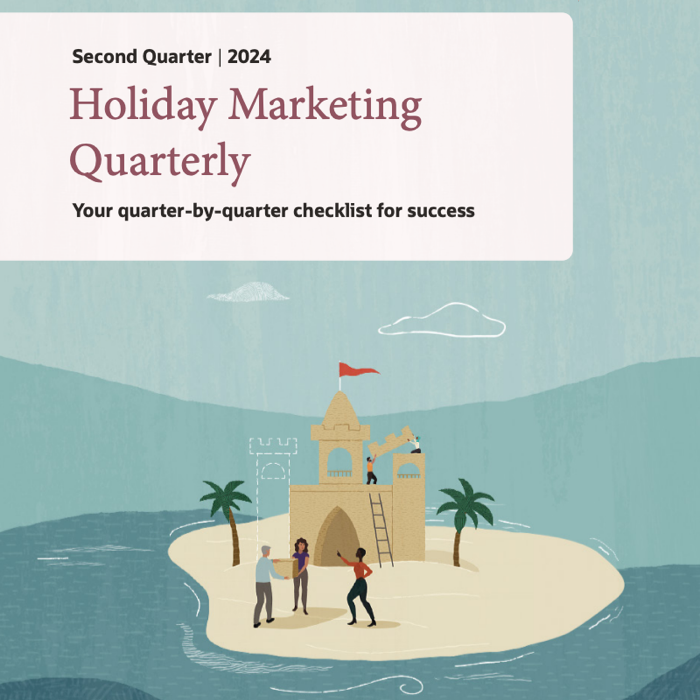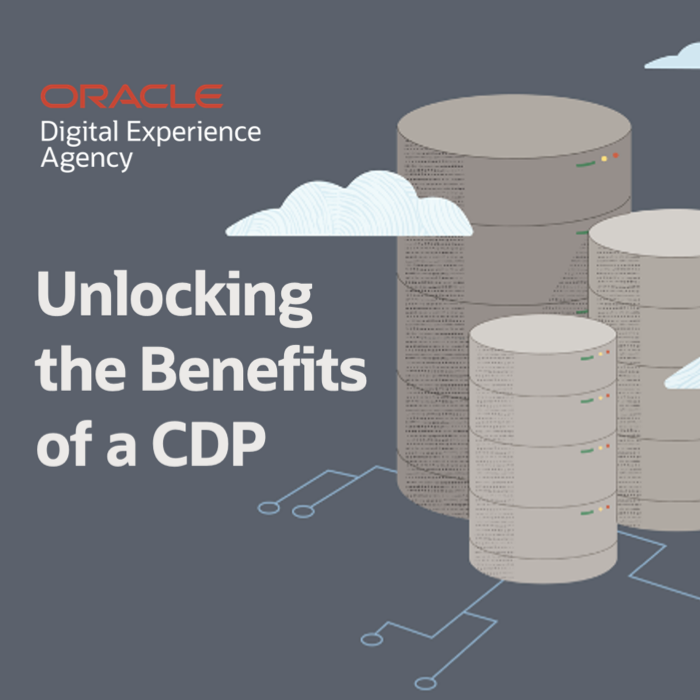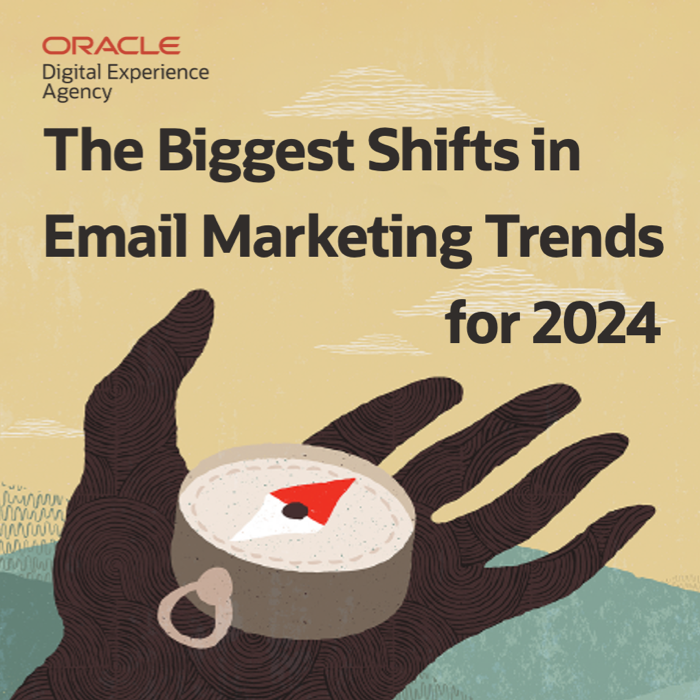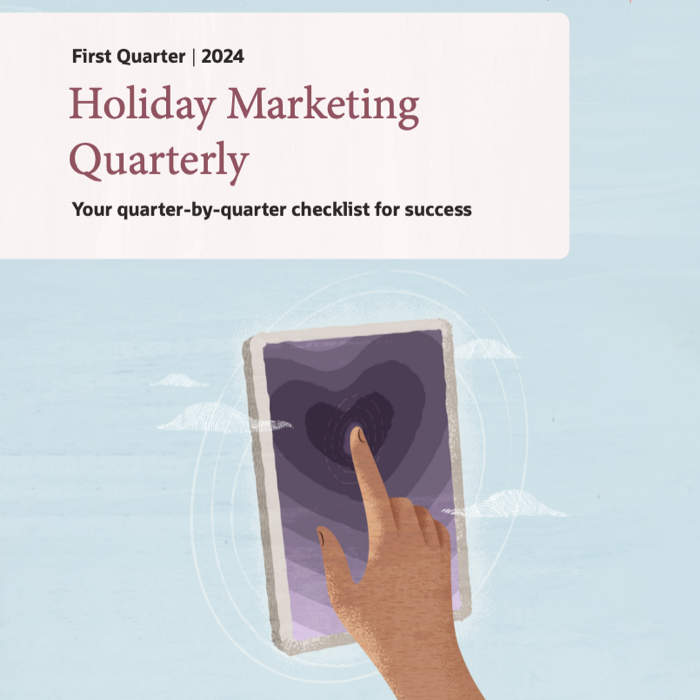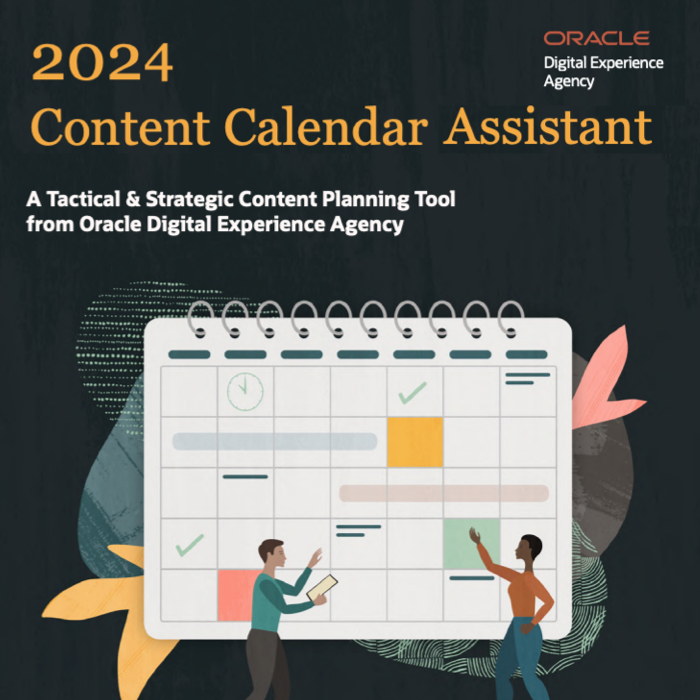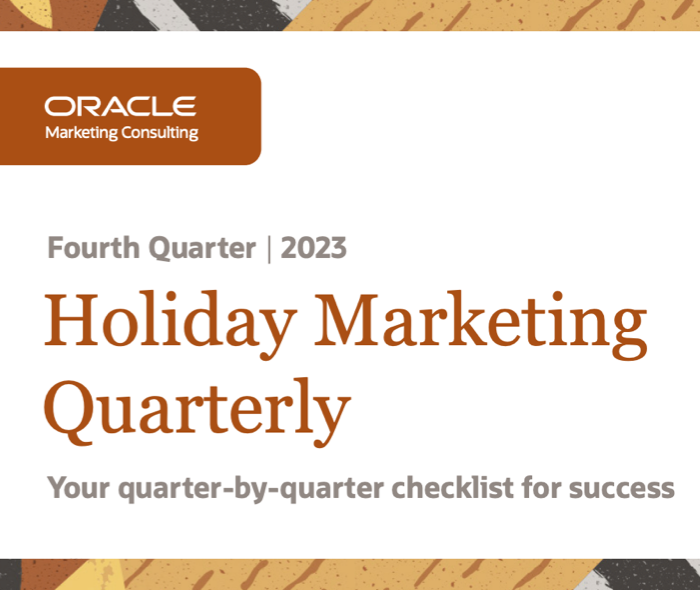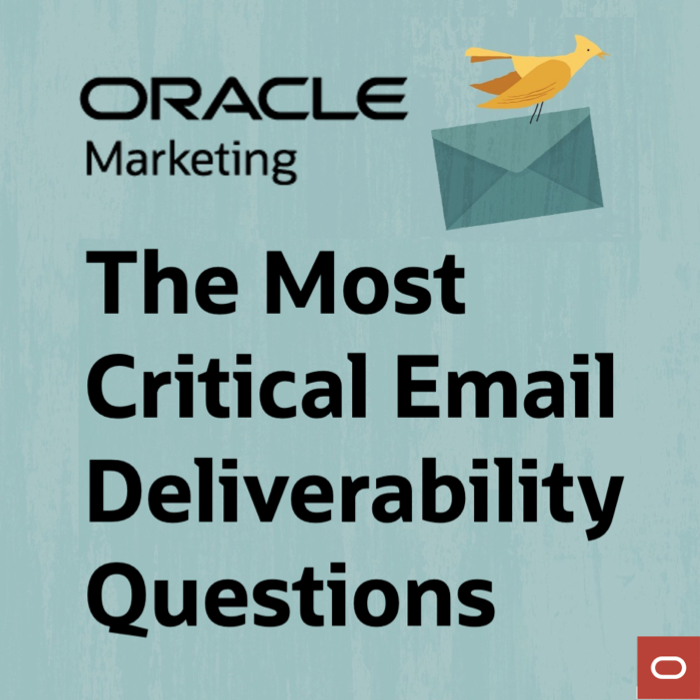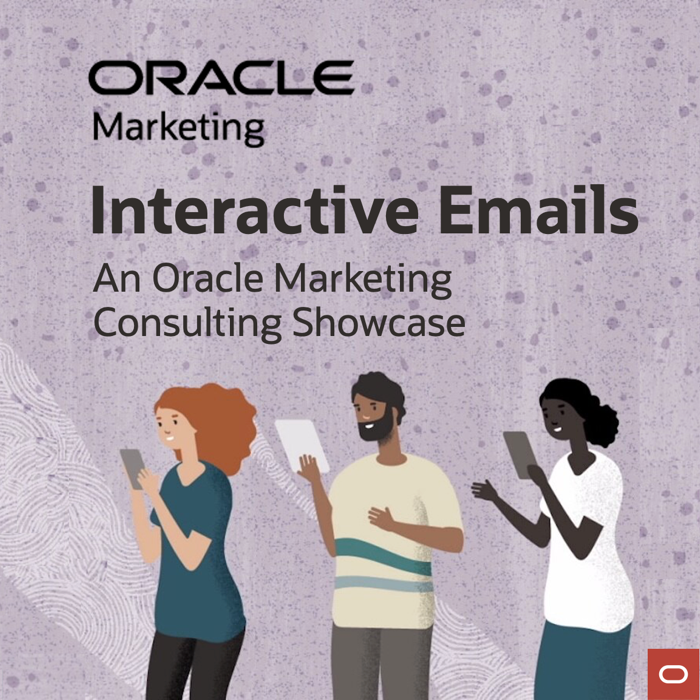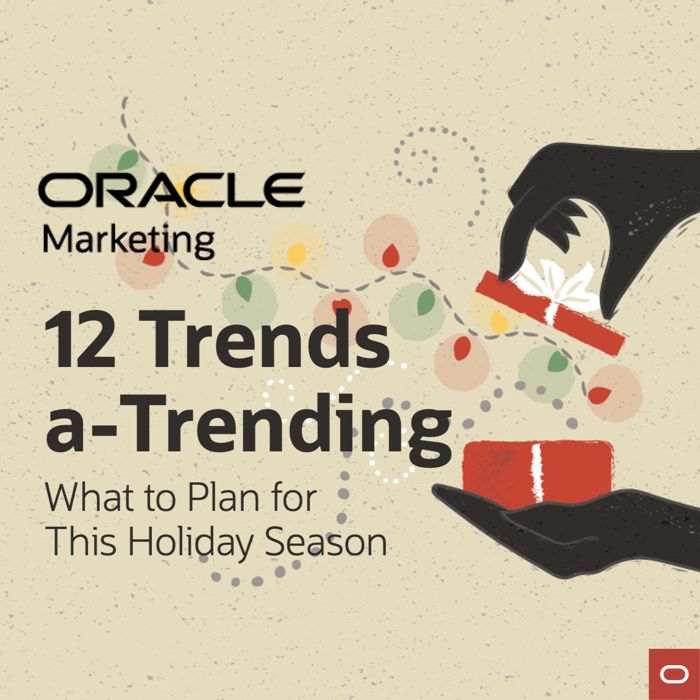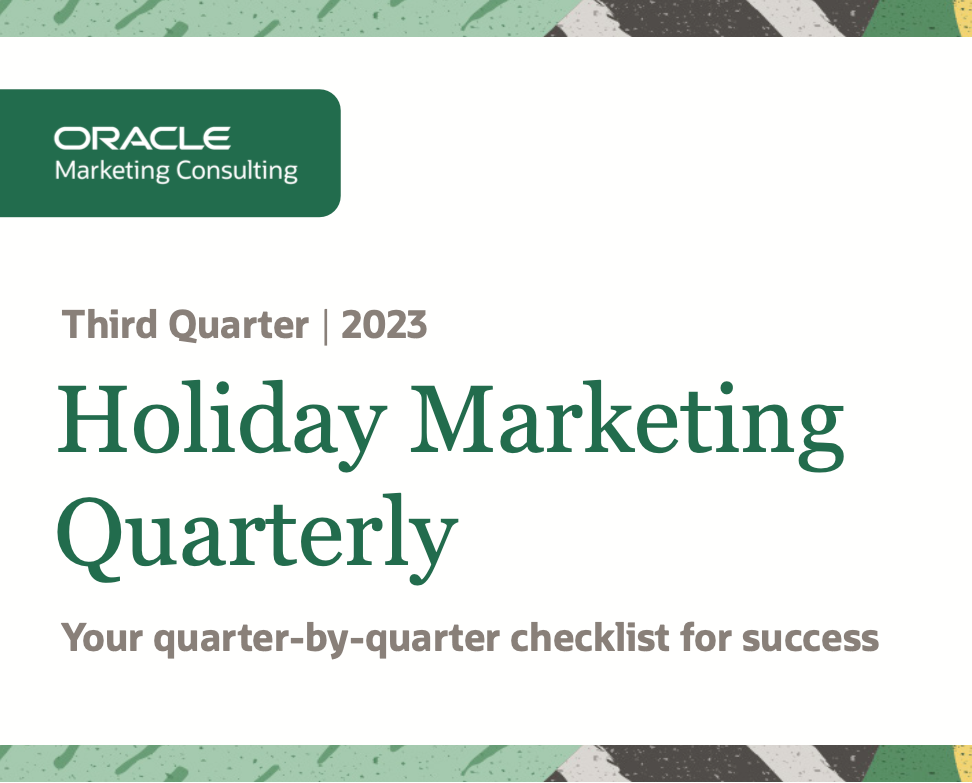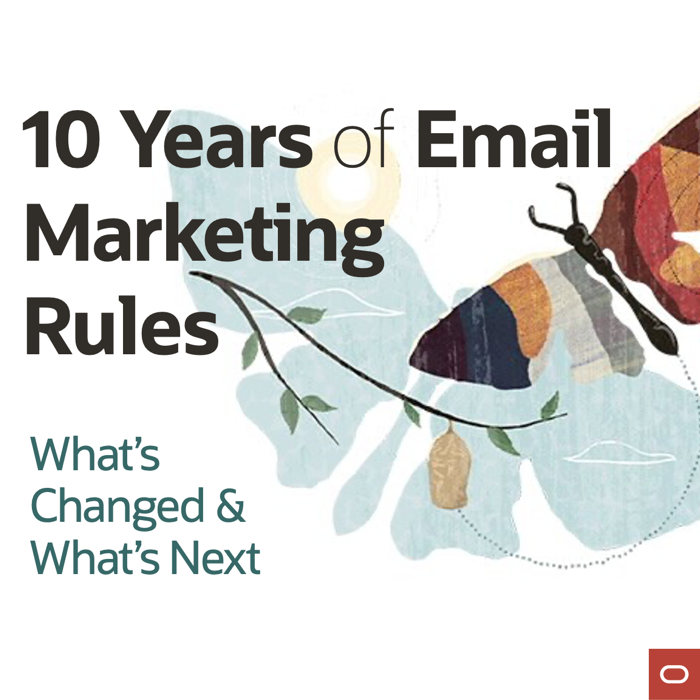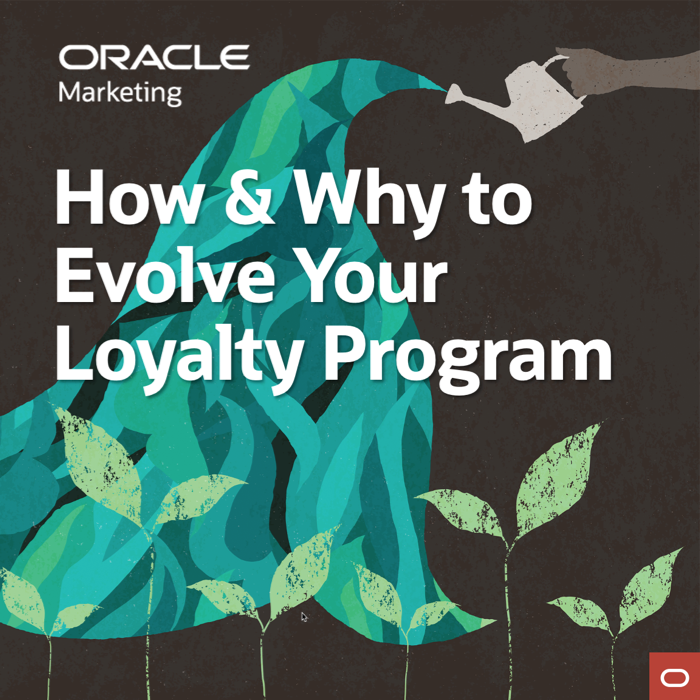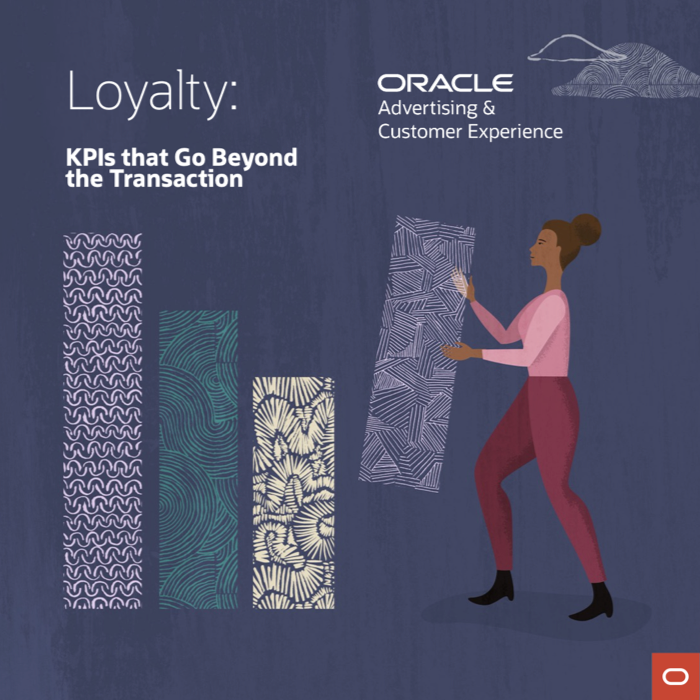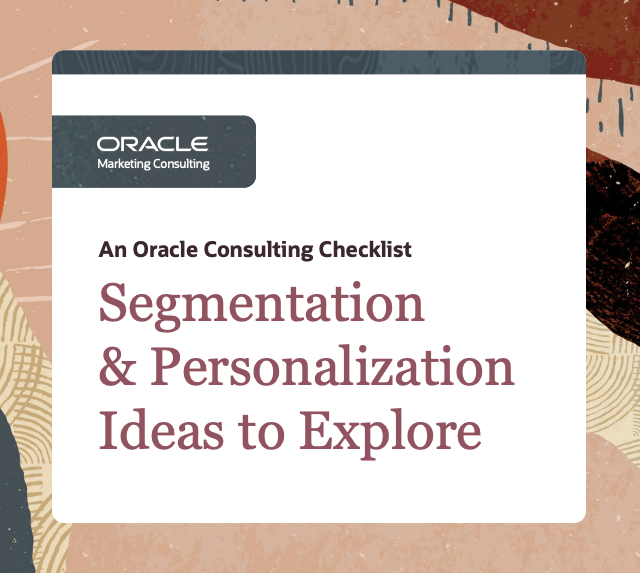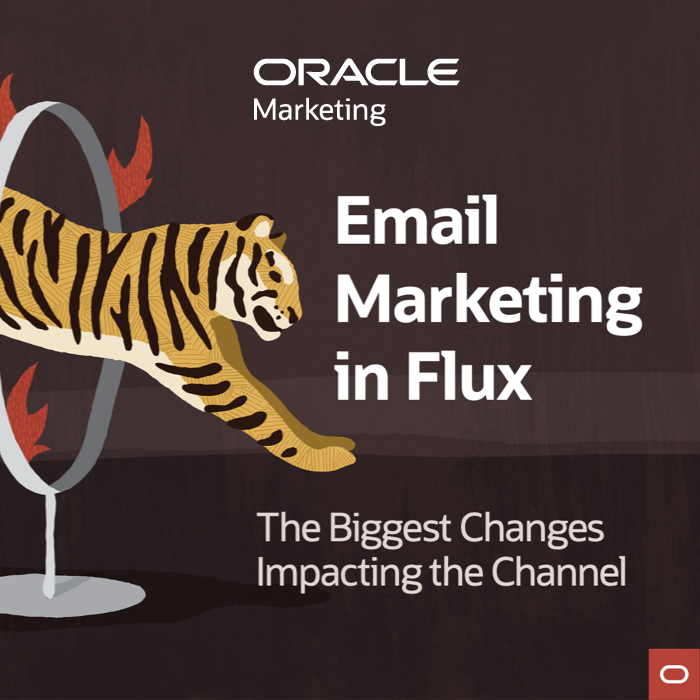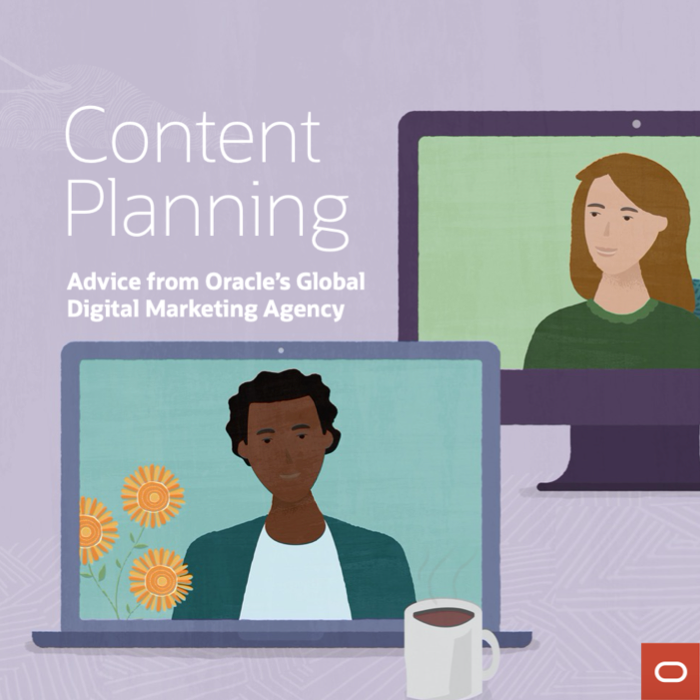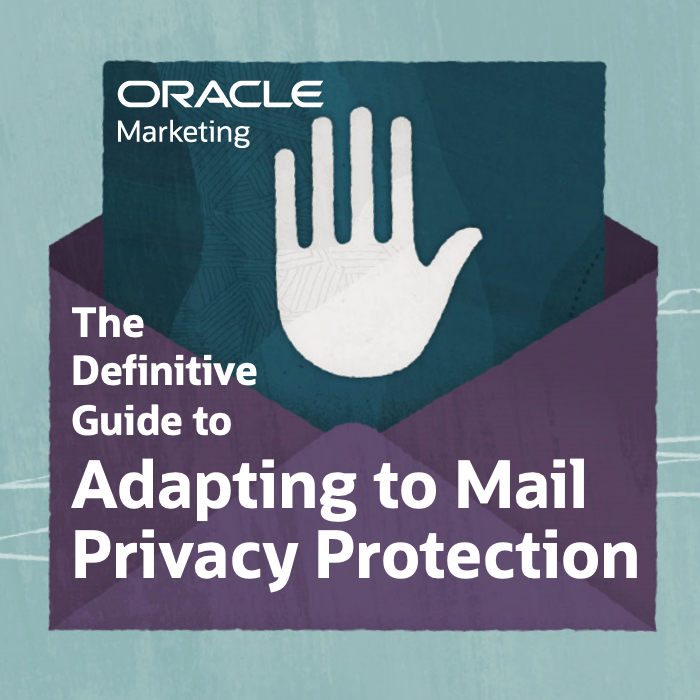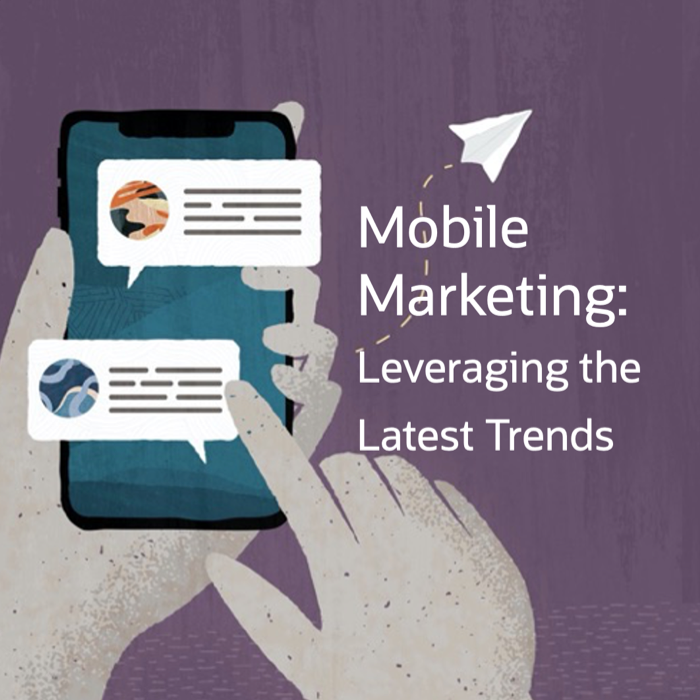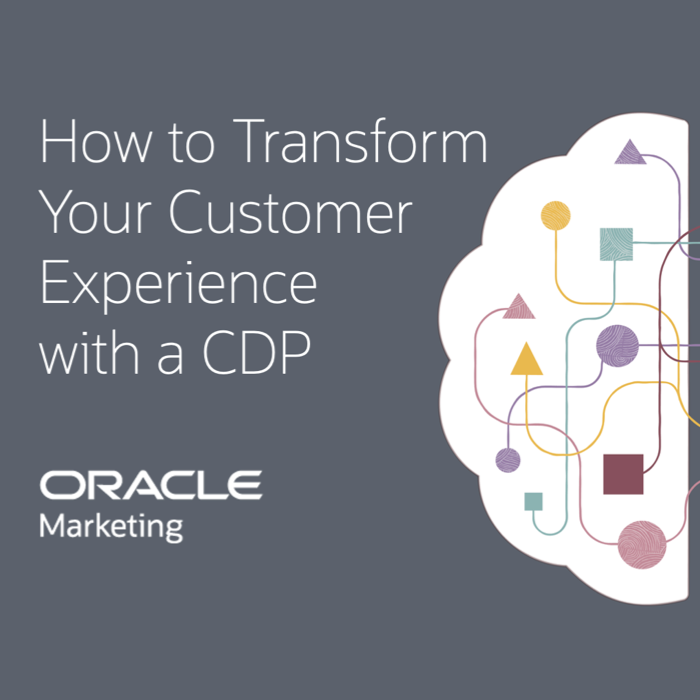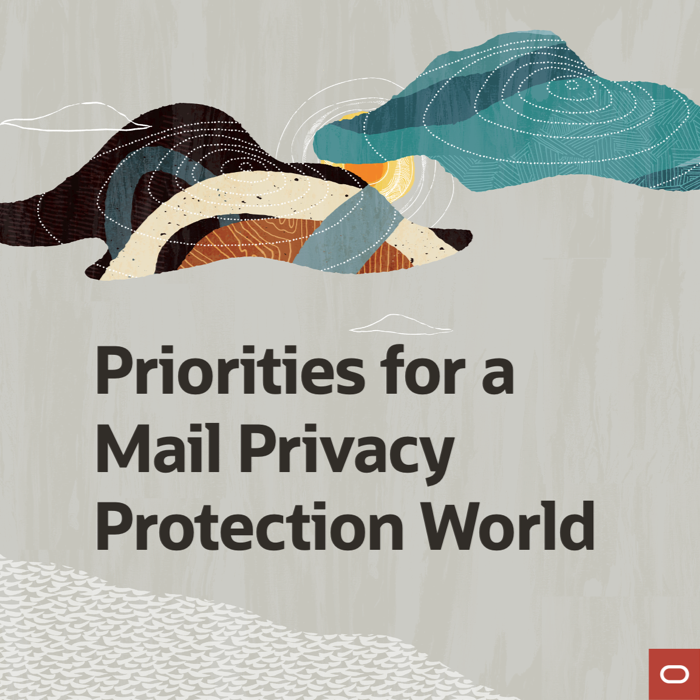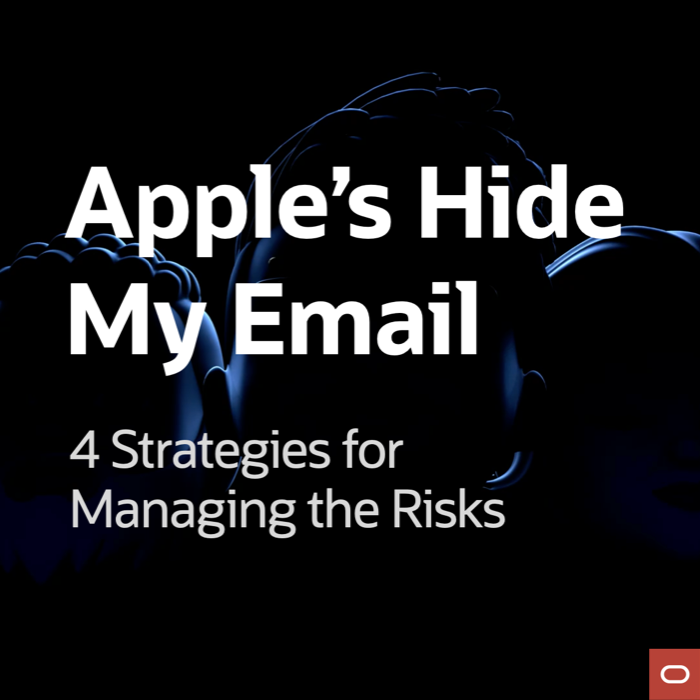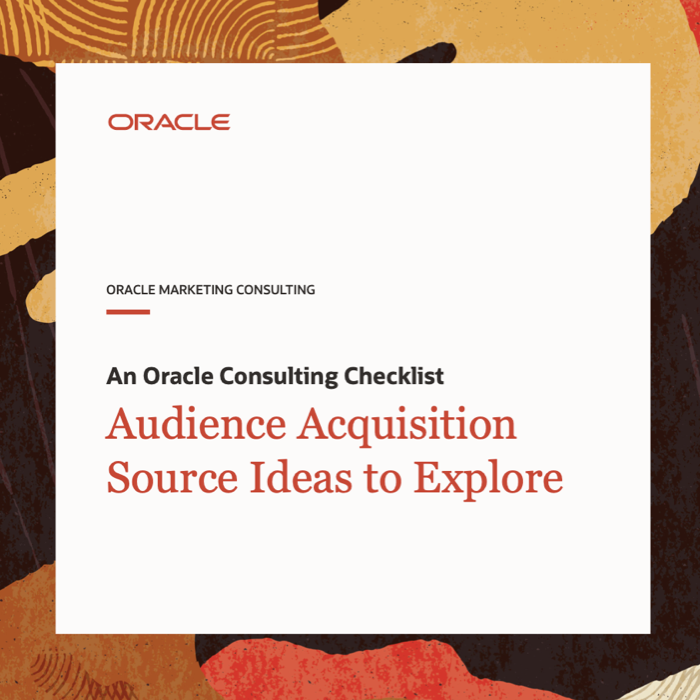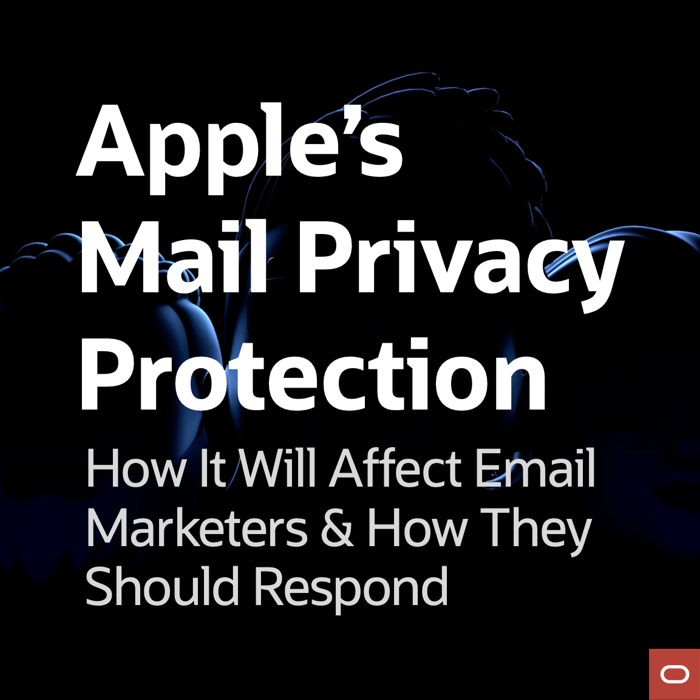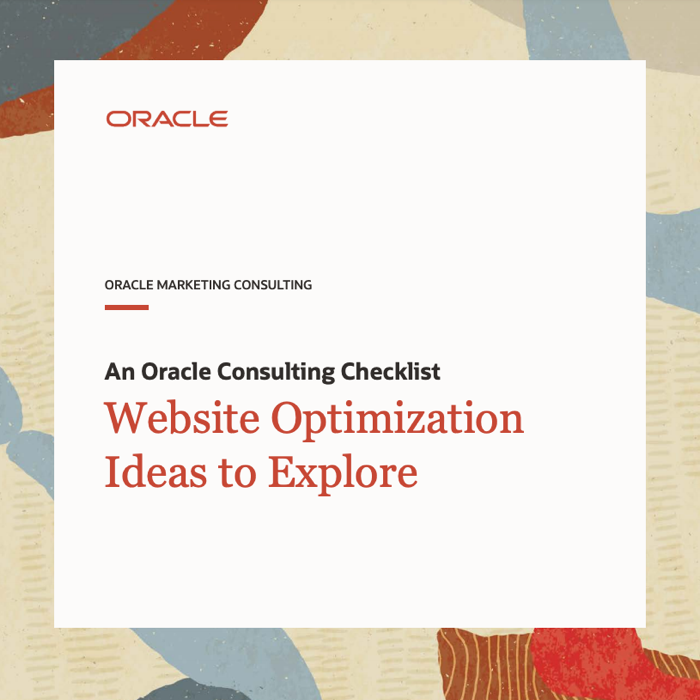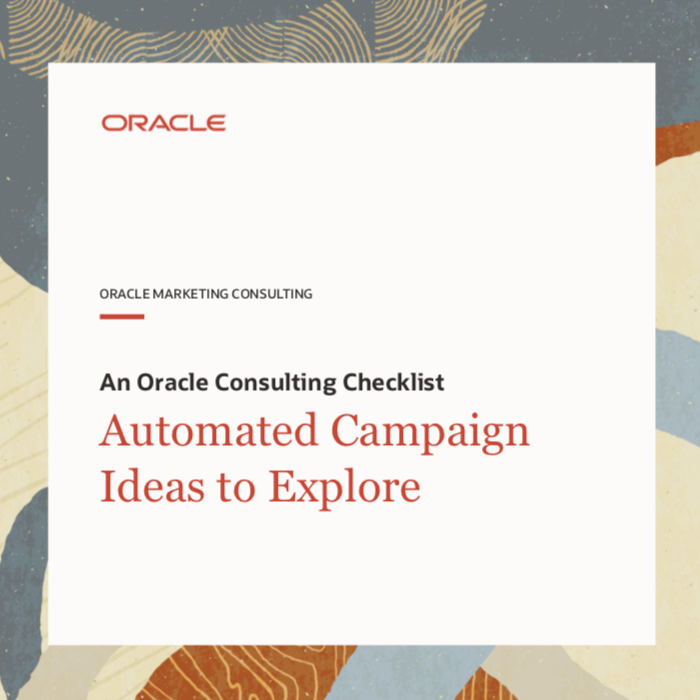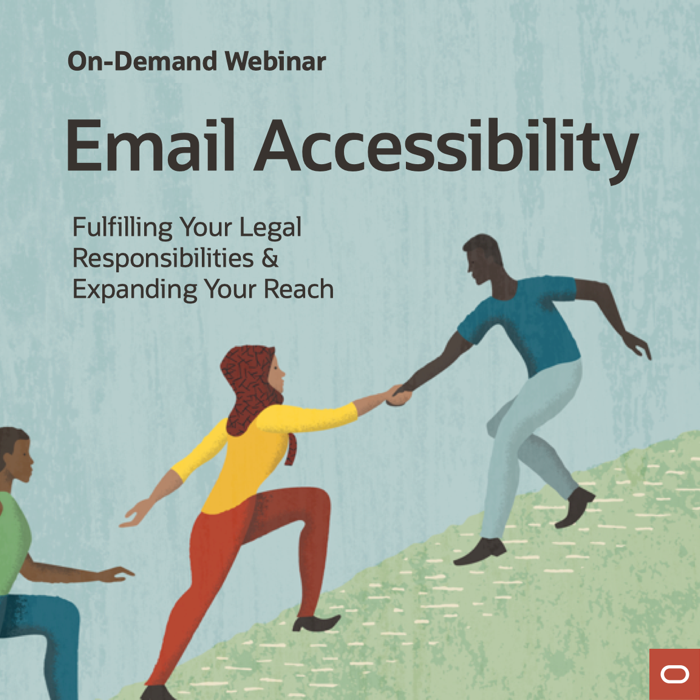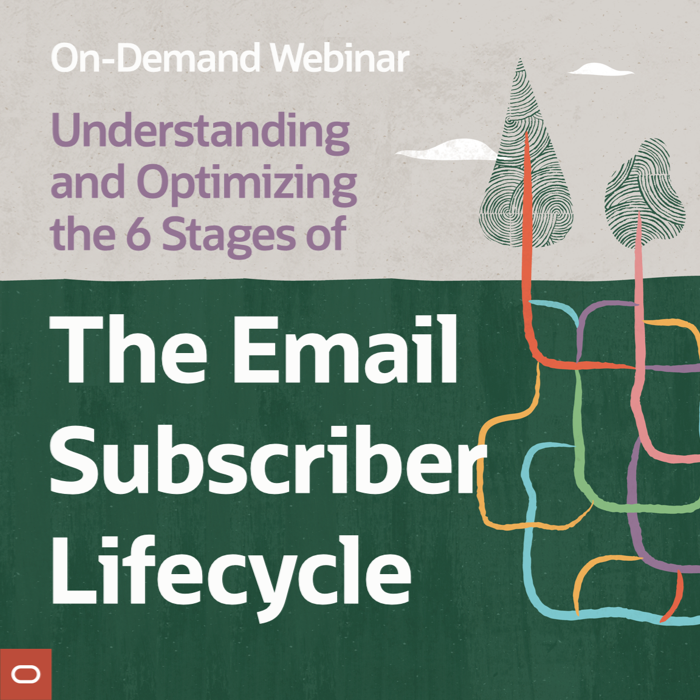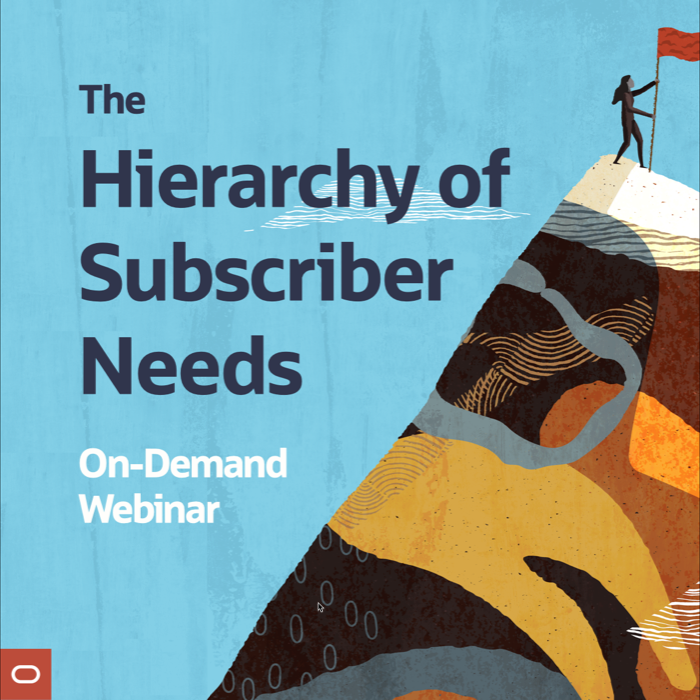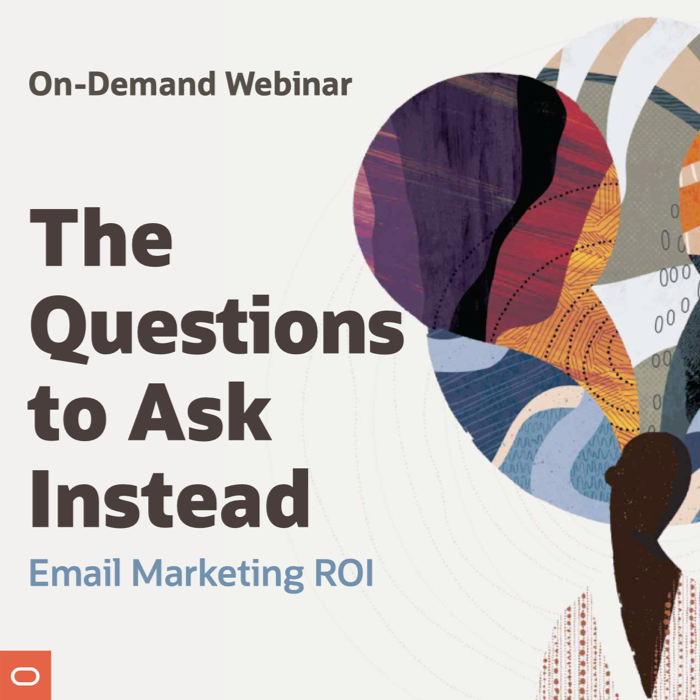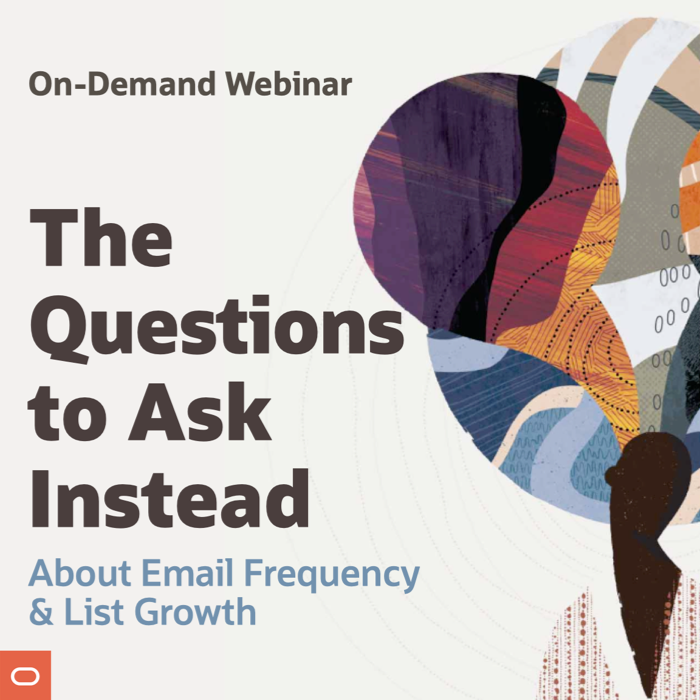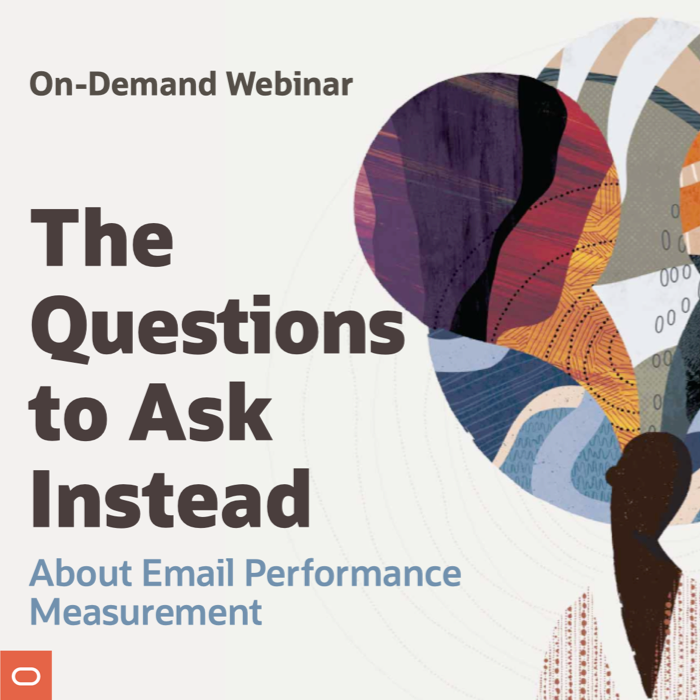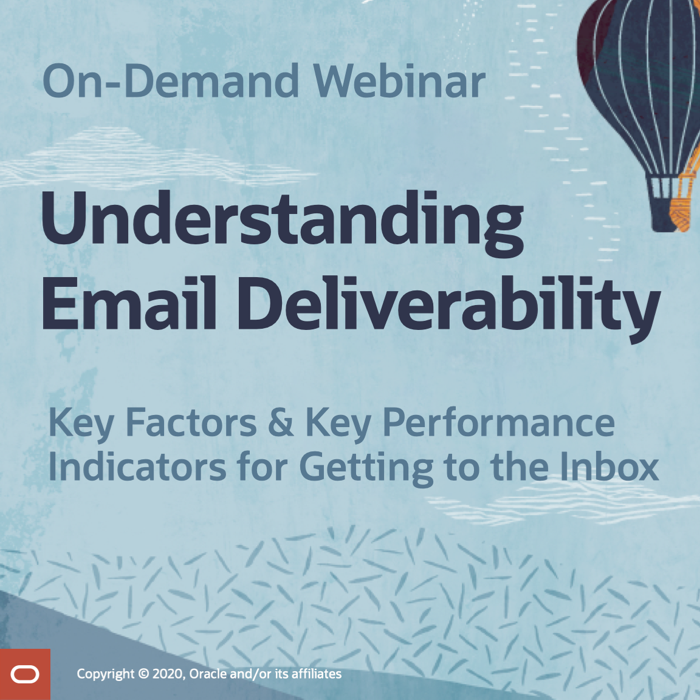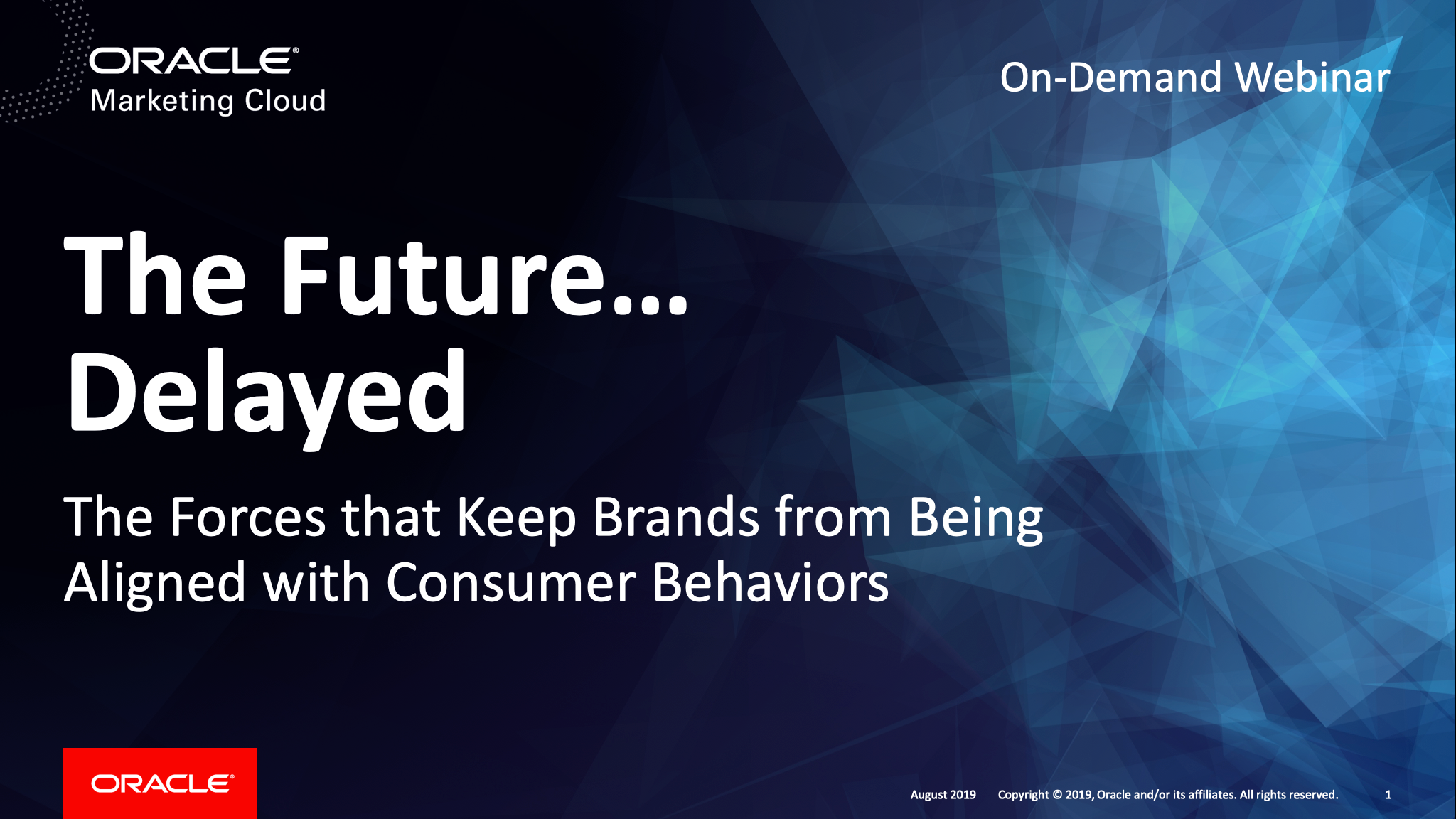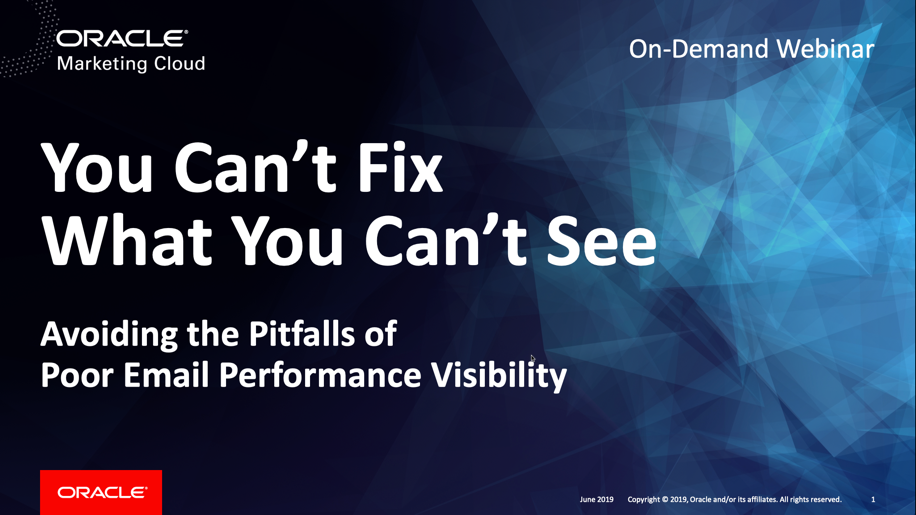‘Email Marketing Rules’ Now Available in Paperback with Foreword by Jay Baer
Posted on May 13, 2013
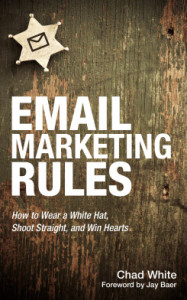 My book on email marketing best practices, Email Marketing Rules, is now available in paperback with a Foreword by Jay Baer, the President of Convince & Convert, author of Youtility, and co-author of The NOW Revolution. Jay is that rare individual that understands how social media, email marketing and content marketing all work together. I am honored to have him write the foreword, where he discusses the currency of modern marketing.
My book on email marketing best practices, Email Marketing Rules, is now available in paperback with a Foreword by Jay Baer, the President of Convince & Convert, author of Youtility, and co-author of The NOW Revolution. Jay is that rare individual that understands how social media, email marketing and content marketing all work together. I am honored to have him write the foreword, where he discusses the currency of modern marketing.
I am also happy to announce that for every paperback purchased through Amazon.com’s CreateSpace I will donate $1 to the ExactTarget Foundation to support projects and programs that reduce childhood hunger, improve education, and spur entrepreneurship. To learn more about the Foundation’s work, please visit ExactTargetFoundation.org.
![]() BUY THE KINDLE BOOK ($4.99) >> available exclusively around the world through Amazon.com. (Download the free Kindle Reader app to read it on any smartphone, tablet or computer.)
BUY THE KINDLE BOOK ($4.99) >> available exclusively around the world through Amazon.com. (Download the free Kindle Reader app to read it on any smartphone, tablet or computer.)
 BUY THE PAPERBACK ($11.99) >> $1 is donated to the ExactTarget Foundation for every book purchased through Amazon.com’s CreateSpace
BUY THE PAPERBACK ($11.99) >> $1 is donated to the ExactTarget Foundation for every book purchased through Amazon.com’s CreateSpace
Infographic: The State of Welcome Emails
Posted on May 3, 2013
To determine the current state of welcome email programs, ExactTarget examined the welcome emails of more than 160 B2C brands, including retailers, restaurants, manufacturers, travel and hospitality, and nonprofits. The infographic below summarizes our findings.
For more on this research, including examples of welcome emails, check out More Brands Sending Welcome Emails, But Opportunities Remain and Quarter of B2C Marketers Send a Welcome Email Series.
Want this infographic for your blog? Here is the code you can use:
The Last Word on April 2013
Posted on May 2, 2013
 A roundup of articles, posts, tweets and emails you might have missed last month…
A roundup of articles, posts, tweets and emails you might have missed last month…
Must-read articles, posts & whitepapers
Nine email marketing tricks that earn eBags $14 a head on email subscribers (Smart Company)
Subscribers, Fans, & Followers: 2013 Global Executive Summary (ExactTarget)
66% of marketers say email delivers ‘excellent’ or ‘good’ ROI (econsultancy)
Just how engaging are birthday emails? (Return Path)
SaleCycle Look Book (SaleCycle)
An apparel retailer converts 33% of one-time buyers into repeat shoppers (Internet Retailer)
Remailing: It’s Like Printing Money! (Bronto Software)
Updating Email Acquisitions? Focus Further Down The Funnel (MediaPost)
Insightful & entertaining tweets
@andrewkordek: just got done prioritizing taguchi test factors for a client. Love it that we can test over 18,000 things in email #emailmarketing
@EmailSeinfeld: Kramer invents Scent-in-Email: “It’s like having the beach, right in your inbox.” Elaine’s bf (@chadswhite) says her subject lines are weak.
@EmailStatCenter: 50% felt getting their name wrong in an email was a reason to think less of the brand. – @Emailvision http://t.co/LgBHuwVkJ9
@aliverson: Hey “email expert,” your email’s going to spam because you messed up your DMARC record.
@JustinBridegan: Don’t be afraid of long subject lines, be afriad of words without meaning. Clarity is the key #ETcafe #emailmarketing
Great additions to the Email Swipe File pinboard
Litmus email sent on 4/23/13 >>View the pin
Tumblr email sent on 3/6/13 >>View the pin
Jack Spade email sent on 3/21/13 >>View the pin
Sephora email sent during 3/2013 >>View the pin
Noteworthy subject lines
Karmaloop, 4/30 — What? We Are Not F’n around 40% Off Footwear- 48 Hours
Etsy, 4/27 — Watch Your Language!
Gap, 4/29 — 1 dress, 4 ways to wear it
Crate & Barrel, 4/29 — Chop chop. Up to 45% off Wusthof Gourmet knives.
Restoration Hardware, 4/27 — Introducing RH Small Spaces. 116 Pages of Inspired Design.
ThinkGeek, 4/25 — ThinkGeek: F5, F5, F5!
The North Face, 4/22 — Opt for Recycled Gear this Earth Day
Uncommon Goods, 4/22 — Re-Make a Difference
Boston Market, 4/11 — The Big Rib-bate: Two Rib Meals for $10.40!
Brooks Brothers, 4/11 — An Interview with Wynton Marsalis
Threadless, 4/10 — These new Iron Man tees will not give you super hero powers… or will they?
The Container Store, 4/8 — Ever wonder why we have so many hangers?
Clinique, 4/4 — BB or CC? Find your skin perfector and we’ll ship it free.
Home Depot, 4/4 — Black Friday Is Back! Savings Start Today!
Zappos.com, 4/4 — Puddles Beware!
ModCloth, 4/3 — Retro looks you can wear during your next time warp.
Ninety Nine Restaurants, 4/3 — Our New Menu is Here!
Ann Taylor, 4/3 — NEED. WANT. MUST-HAVE.
West Elm Market, 4/1 — No green thumbs needed…
Most popular posts on EmailMarketingRules.com
1. Yahoo Mail Hacking Reveals Do-Not-Reply Failures
2. Email Signup Failures at Crisis Levels
3. The Many Gradations of Mobile Email Design
#ETCafe Twitter Chat Preview: Measuring Email Marketing Success
Posted on April 30, 2013
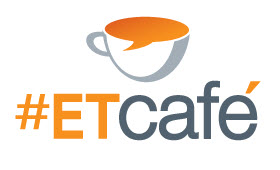 The ExactTarget team invites you to participate in our #ETCafe Twitter chat every Thursday from 11am-12pm ET, where we discuss emerging topics and trends from across the interactive marketing world. The virtual coffee chat is held directly on Twitter, hosted by @ExactTarget.
The ExactTarget team invites you to participate in our #ETCafe Twitter chat every Thursday from 11am-12pm ET, where we discuss emerging topics and trends from across the interactive marketing world. The virtual coffee chat is held directly on Twitter, hosted by @ExactTarget.
This week I’ll be a guest on the chat and we’ll be discussing measuring email marketing success. Here’s a preview of the discussion questions for our chat this Thursday:
1. Do you know the return on investment (ROI) of your email program?
2. How do you measure your email program’s influence on offline behavior and online sharing?
3. Do you measure subscriber lifetime value in addition to measuring campaign success?
4. Which email metrics do you find most valuable to running your email program?
5. How much weight do you give to negative metrics like spam complaints and opt-outs when measuring success?
6. Which key performance indicators does your CMO/CEO judge your email program by? Do you think they are the right KPIs?
7. What resources would you recommend to help email marketers better measure their success and set the right goals?
Please join us this Thursday for an exciting discussion with dynamic interactive marketing professionals! Follow the #ETCafe hashtag in your favorite Twitter application and be sure and add the hashtag to your tweet to participate.
The One-Two Punch of Subject Lines and Preheaders
Posted on April 25, 2013
While the growth of mobile email has more radically affected email design, it’s also affected subject lines by displaying fewer characters. As a consequence, subject lines have been steadily trending shorter over the past few years. While we used to recommend that subject lines be no longer than around 60 characters, now the recommendation is no more than about 40 characters. So subject lines are working harder on a per character basis.
The good news is that subject lines have backup in the form of preheader text, which is HTML text that’s placed at the very top of your email. Preheaders play a more prominent on mobile devices—and that’s in addition to the extra attention that preheaders get from Gmail and Outlook, which display a portion of your preheader text as snippet text after your subject line.

Many brands are wisely using their preheaders to elaborate on, continue or otherwise support the subject line, including hyperlinking some or all of their preheader text to enable subscribers to take action without reading further. Here are some great examples from recent emails:
West Elm, 2/18/13
Subject line: Today only: free shipping (plus a Presidents Day surprise)
Preheader: Use promo code FREE4PRES at checkout, some exclusions apply
LeapFrog, 2/18/13
Subject line: Be First to Love Our New, Exclusive LeapPad2 Bundles!
Preheader: Featuring Hello Kitty + Jake & the Never Land Pirates. Shop Now
The North Face, 2/22/13
Subject line: Win a $100 Gift Card – only 6 Days Left
Preheader: Download the app and submit a photo for your chance to win a $100 TNF eGift Card – don’t miss out on The North Face Never Stop Exploring App Photo Contest
Barneys, welcome series
Subject line: Fashion at Your Fingertips: Stay in the Know!
Preheader: Follow Barneys New York on The Window, Twitter, Facebook, Pinterest & YouTube.
Expedia, 3/4/13
Subject line: Save up to 50%: ASAP hotels
Preheader: ASAP: A Sudden Amazing Price
Wayfair, 3/19/13
Subject line: ★Convertible sofas under $499, go crazy for chevron, colorful accents & decor, get an elegant master bedroom ★
Preheader: Get framed art $55 and under. Kids love outdoor playhouses. Travel with carry-ons $100 and under.
Threadless, 4/24/13
Subject Line: Aerosoiled and 9 more new goofy designs by MADE artist Aaron Jay!
Preheader: Plus, hang out while we interview Aaron Jay at 11:30AM CST.
Gap, 4/24/13
Subject Line: Last day for 30% off! The clock’s ticking…
Preheader: Offer ends today, 4/24. Online only. Can’t see images? Click here.
Sephora, 4/25/13
Subject Line: Pick your gift!
Preheader: Choose from five of our favorite fragrances.*
Preheader text can be a significant source of clicks and spur deeper interactive with an email, so if you’re not using it you should probably reconsider and do some testing. And if you’re using your preheader text for whitelisting requests, “View this email with images” links or unsubscribe links, consider placing those calls-to-actions after preheader text that supports the subject line.
Sending a Welcome Series Is the New Onboarding Differentiator
Posted on April 23, 2013
 The beginning of an email marketing relationship is the most important. Not only are subscribers more engaged and more likely to convert, but optimizing the experience of a subscriber’s first month or so on your list can extend the overall time they remain engaged with your brand via email.
The beginning of an email marketing relationship is the most important. Not only are subscribers more engaged and more likely to convert, but optimizing the experience of a subscriber’s first month or so on your list can extend the overall time they remain engaged with your brand via email.
The welcome email has been a key tool in getting that relationship off on the right foot. In recent years, more brands are sending welcome emails. At the same time, the welcome email that simply confirmed a subscriber’s subscription has largely disappeared to be replaced by a welcome that seeks to immediately engage new subscribers with deals, progressive profiling and cross-channel opt-ins.
Nearly 81% of B2C marketers send welcome emails to their new subscribers, according to new ExactTarget research involving… Read my entire Email Insider column >>
Yahoo Mail Hacking Reveals Do-Not-Reply Failures
Posted on April 9, 2013
Much has been written about all the Yahoo Mail accounts that have been hacked in recent months. One of my tracking accounts was among those hacked and hijacked into sending a spam email to each of the contacts in my address book—which was full of sender addresses used by retailers to send promotional email.
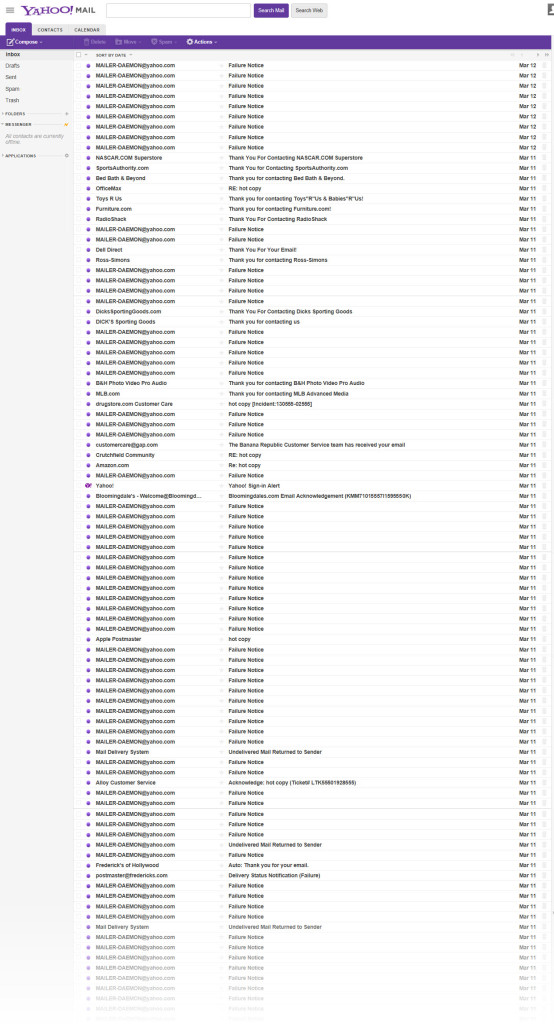 The resulting stream of “Failure Notice” messages made for a poignant commentary on the practice of using do-not-reply email addresses and mailboxes that don’t accept email. Even the “Thank you for contacting us” replies were mostly just messages saying that you reached an unmonitored inbox and instructing you to contact them by other means. Only a handful of brands including Alloy, Banana Republic, Crutchfield and Drugstore.com confirmed receipt of the message and said they’d reply (which none of them did considering it was obviously spam).
The resulting stream of “Failure Notice” messages made for a poignant commentary on the practice of using do-not-reply email addresses and mailboxes that don’t accept email. Even the “Thank you for contacting us” replies were mostly just messages saying that you reached an unmonitored inbox and instructing you to contact them by other means. Only a handful of brands including Alloy, Banana Republic, Crutchfield and Drugstore.com confirmed receipt of the message and said they’d reply (which none of them did considering it was obviously spam).
In the past, opponents of do-not-reply addresses have argued that they’re subscriber-unfriendly, that they send the message that it’s okay for the marketer to email the subscriber but not vice versa. Making it impossible to easily reply to messages eliminates interactions that might otherwise occur, which is a detriment to the marketer and their brand. Those points continue to be true.
However, over the past year or two, a new reason has emerged to ditch the do-not-reply address and start monitoring the replies to your promotional messages: deliverability. ISPs now factor in engagement metrics when determining whether to deliver, junk or block your emails. So if your subscribers open, scroll through, click, mark as important, forward, reply to or otherwise interact with your emails, then your future emails are more likely to be welcome.
While monitoring promotional email sender address accounts can be a chore because of all the spam and out-of-office auto-replies they get, more tools are now available to separate the signal from the noise.
So if you’re still using a do-not-reply address, you now have one less reason to keep using it and one more reason to make the switch.
 Email Marketing Rules
Email Marketing Rules